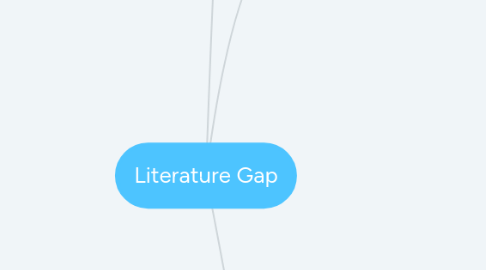
1. 3.Research Questions & Hypotheses
1.1. Quantitative research questions inquire about the relationships among variables that the investigator seeks to know.
1.2. Quantitative hypotheses, on the other hand, are predictions the researcher makes about the expected relationships among variables.
2. 1.The Selection of a Research Design
2.1. Qualitative
2.2. Quantitative
2.3. Mixed method
3. 2.The Introduction
3.1. (a) establishing the problem leading to the study
3.1.1. In applied social science research, problems arise from issues, difficulties, and current practices. The research problem in a study begins to become clear when the researcher asks, "What is the need for this study?" or "What problem influenced the need to undertake this study?"
3.2. (b) reviewing the literature about the problem
3.2.1. The purpose of reviewing studies in an introduction is to justify the importance of the study and to create distinctions between past studies and the proposed one. This component might be called "setting the research problem within the ongoing dialogue in the literature"
3.3. c) identifying deficiencies in the literature about the problem
3.3.1. Deficiencies in past literature may exist because topics not have been explored with a particular group, sample, or population; the literature may need to be replicated or repeated to see if the same findings hold, given new samples of people or new sites for study; or the voice of underrepresented groups has not been heard in published literature. In any given study, authors may mention one or more of these deficiencies.
3.4. (d) targeting an audience and noting the significance of the problem for this audience
3.4.1. The more audiences that can be mentioned, the greater the importance of the study and the more it will be seen by readers to have wide application. In designing this section, one might include: * Three or four reasons that the study adds to the scholarly research and literature in the field * Three or four reasons about how the study helps improve practice * And three or four reasons as to why the study will improve policy.
3.5. (e) identifying the purpose of the proposed study
3.5.1. the purpose statement indicates "why you want to do the study and what you intend to accomplish"
3.5.2. This passage is called the purpose statement because it conveys the overall intent of a proposed study in a sentence or several sentences. In proposals. researchers need to distinguish clearly between the purpose statement. the research problem. and the research questions.
3.5.3. the purpose state· ment sets the objectives. the intent. or the major idea of a proposal or a study. This idea builds on a need (the problem) and is refined into specific questions (the research questions).
3.5.4. Quantitative purpose statements differ considerably from the qualitative models in terms of the language and a focus on relating or comparing variables or constructs.
3.5.5. A quantitative purpose statement begins with identifying the proposed major variables in a study (independent, intervening. dependent). accompanied by a visual model to clearly identify this sequence, and locating and specifying how the variables will be measured or observed. Finally, the intent of using the variables quantitatively will be either to relate variables. as one typically fmds in a survey, or to compare samples or groups in terms of an outcome, as commonly found in experiments.

